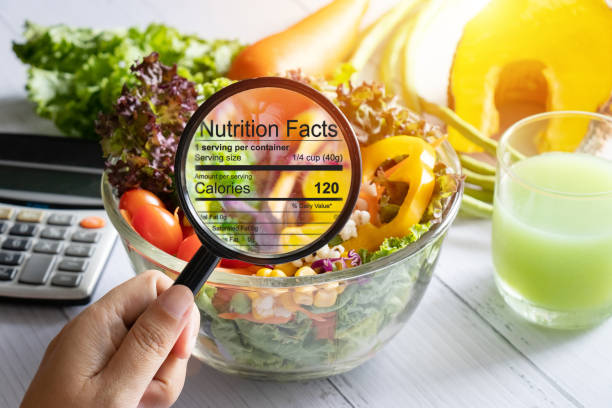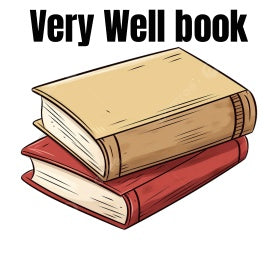
How to Read Food Labels Like a Pro
Share
Navigating food labels can be overwhelming, especially with the abundance of marketing buzzwords, complex ingredient lists, and confusing nutritional facts. However, understanding how to read food labels effectively empowers you to make healthier choices, avoid misleading claims, and ensure that what you're consuming aligns with your dietary goals. In this guide, we'll break down the essential components of food labels so you can shop with confidence.
1. Start with the Serving Size
The first thing to check on any food label is the serving size. Many products appear low in calories or sugar, but the listed values often refer to a small serving, not the entire package. Always compare the serving size to how much you realistically eat to get an accurate picture of your intake.
2. Decode the Nutritional Facts
Pay attention to key nutrients such as calories, total fat, sodium, carbohydrates, and protein. Look for foods high in fiber and protein but lower in added sugars, unhealthy fats, and sodium. The % Daily Value (%DV) can help you gauge how much of each nutrient you're getting per serving—20% or more is considered high, while 5% or less is low.
3. Identify Hidden Sugars and Fats
Not all sugars and fats are labeled clearly. Manufacturers often use different names for added sugars, such as high fructose corn syrup, cane juice, or maltose. Similarly, unhealthy trans fats might be hidden under terms like "partially hydrogenated oils." Choosing products with whole, recognizable ingredients helps avoid these hidden additives.
4. Beware of Misleading Marketing Claims
Phrases like "natural," "low-fat," or "organic" don’t always mean a product is healthy. "Sugar-free" might still contain artificial sweeteners, and "whole grain" doesn’t always mean it's the primary ingredient. Always verify claims by checking the ingredient list and nutritional breakdown.
5. Focus on the Ingredient List
A short ingredient list with recognizable components is generally a good sign. The first few ingredients make up the bulk of the product, so if sugar, refined flour, or unhealthy oils appear at the top, it's best to reconsider. Look for whole foods like nuts, seeds, whole grains, and lean proteins for better nutrition.
Learning to read food labels like a pro takes practice, but it’s a crucial skill for making informed food choices. By focusing on serving sizes, nutritional facts, hidden sugars, and misleading claims, you can better understand what you're consuming and prioritize healthier options. The next time you’re at the grocery store, take a moment to read beyond the front label and make choices that align with your health goals.
Get more knowledge about eating healthy, please refer to The Mediterranean Diet for Beginners.
